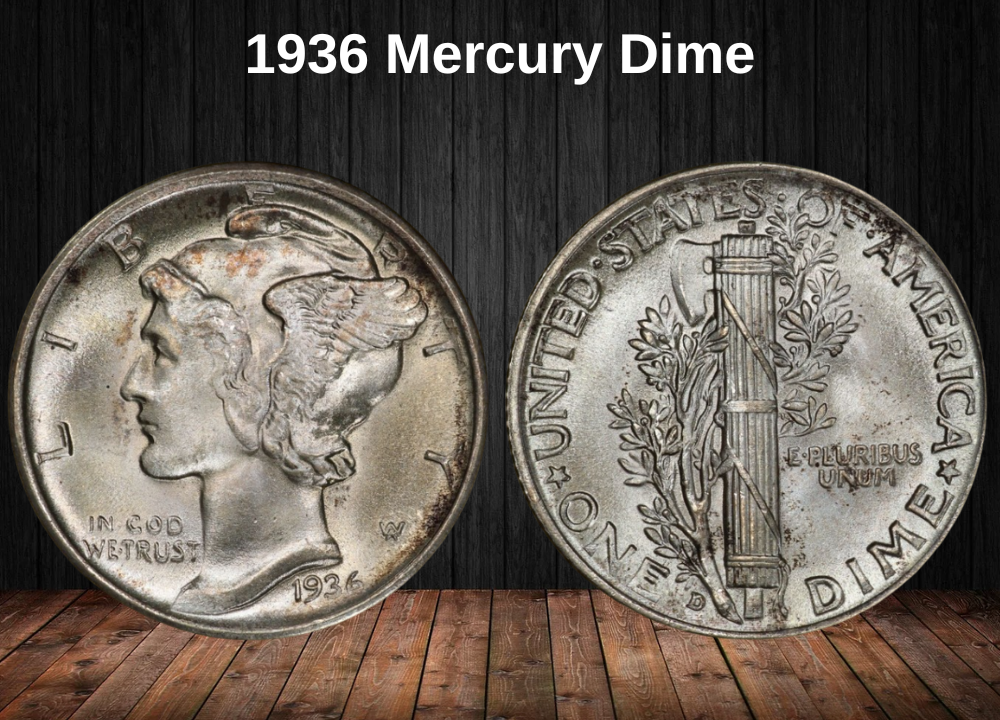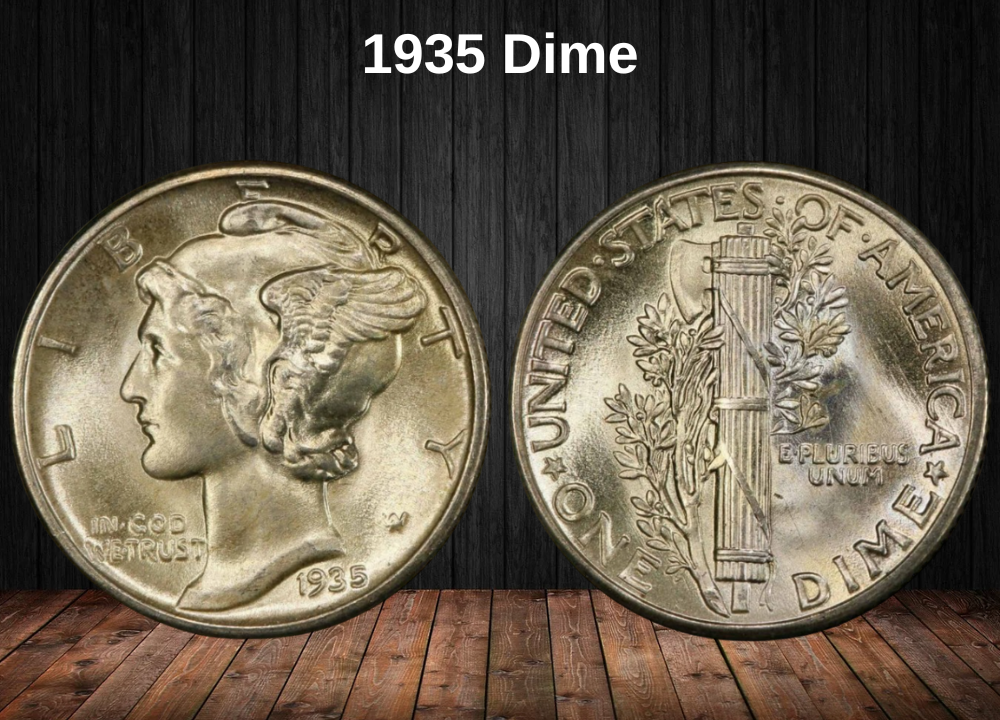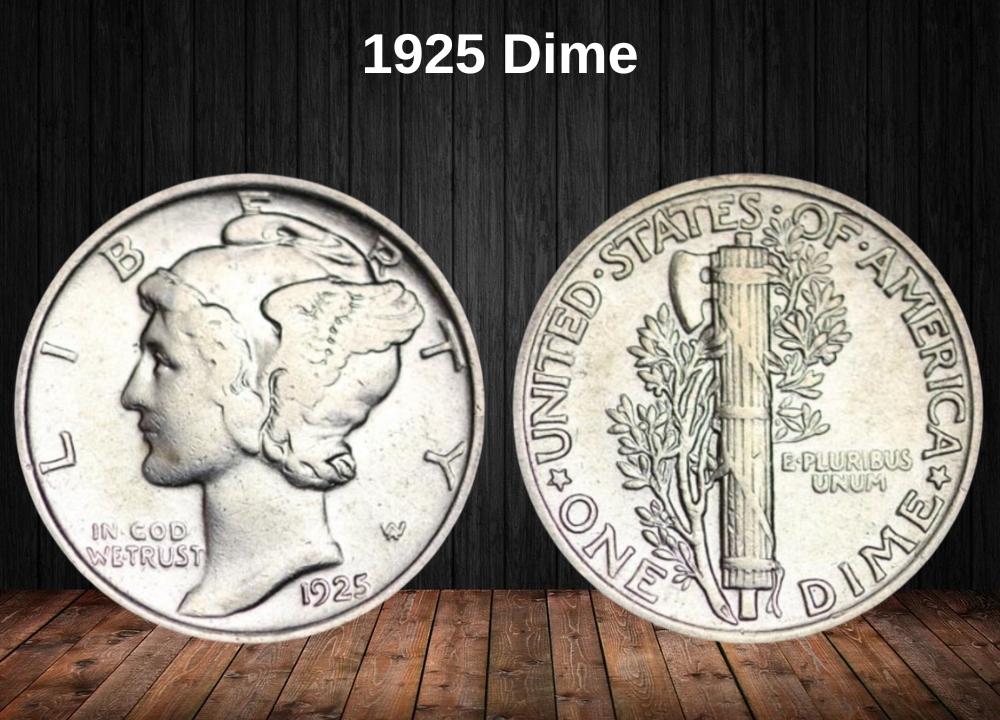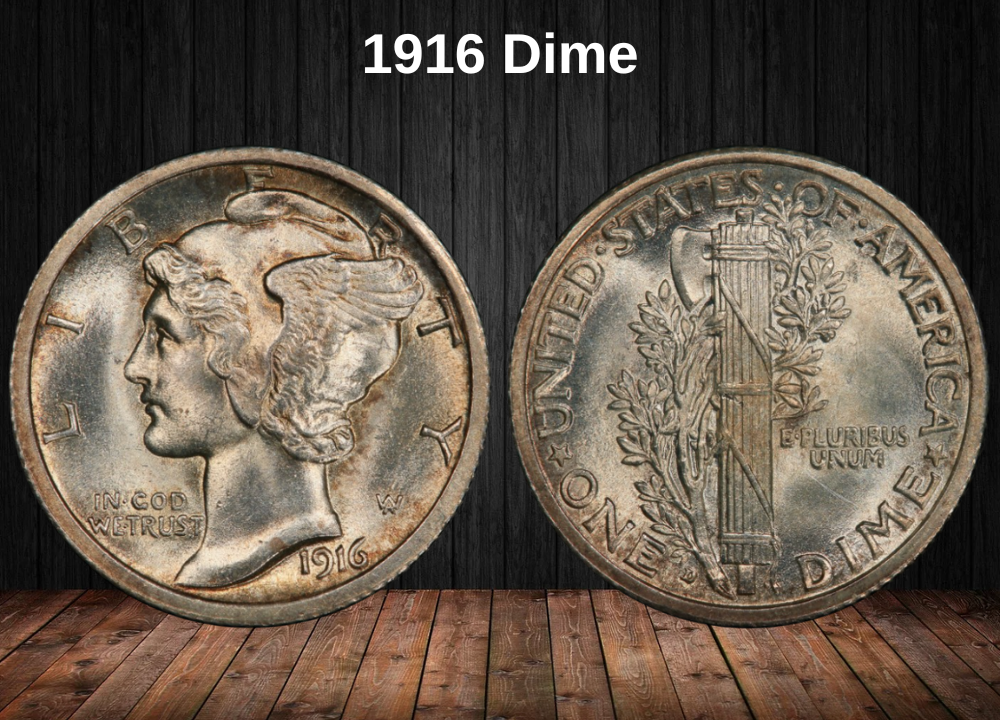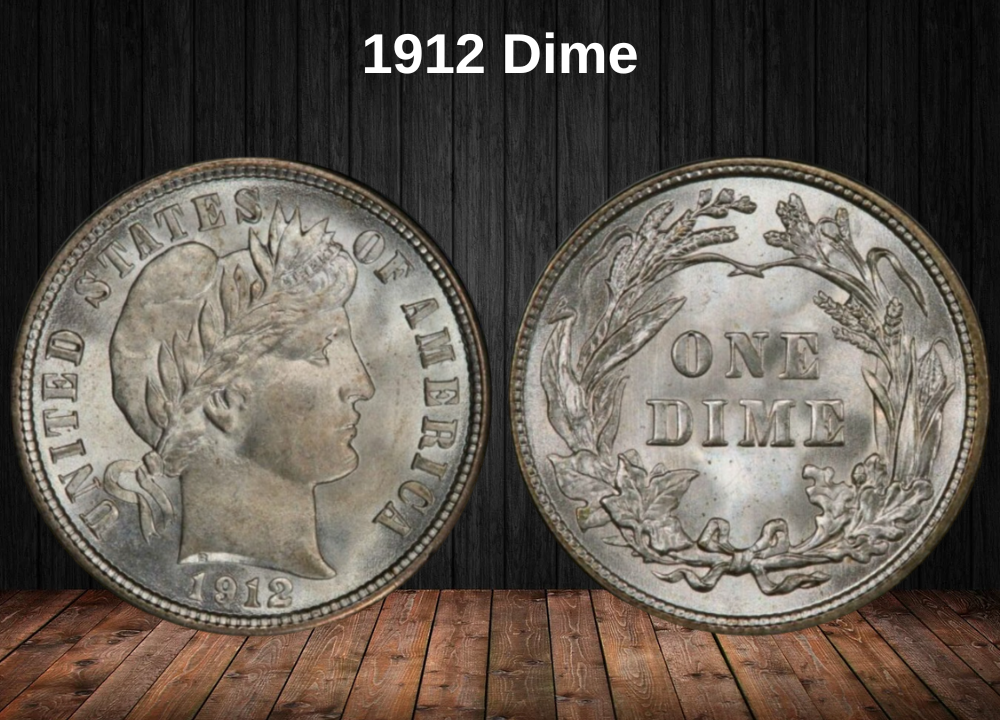The Barber Dime was minted from 1892 to 1916 by the United States Mint. These classic American coins can be highly valuable depending on their rarity, mint location, condition, and any striking errors.
In this guide, we’ll break down the 1902 dime value, including its varieties, mintage numbers, history, design details, specifications, and a complete value chart by coin grade.
1902 Barber Dime Value Chart
| Condition | 1902 No Mint Mark | 1902 “O” (New Orleans) | 1902 “S” (San Francisco) |
|---|---|---|---|
| Good (G) | $12 | $14 | $30 |
| Very Good (VG) | $14 | $20 | $55 |
| Fine (F) | $20 | $35 | $90 |
| Very Fine (VF) | $35 | $60 | $125 |
| Extra Fine (XF) | $45 | $95 | $175 |
| About Uncirculated (AU) | $75 | $175 | $250 |
| MS 60 | $210 | $510 | $475 |
| MS 63 | $275 | $850 | $1,000 |
| Proof 63 | $625 | — | — |
Note: Values fluctuate based on demand, rarity, and exact preservation.
History of the 1902 Barber Dime

The Barber Dime replaced the Seated Liberty Dime in 1892 and remained in production until 1916, when it was succeeded by the Mercury Dime.
Designed by Charles E. Barber, Chief Engraver of the U.S. Mint from 1879 to 1917, this dime prioritized practicality and durability over artistic appeal. While its conservative design was not widely popular, it was efficient for mass production.
The Barber Dime was part of the broader “Barber Coinage” series, which also included the Barber Quarter and Barber Half Dollar.
1902 Barber Dime Mintage & Varieties
| Mint Location | Coin Type | Mintage |
|---|---|---|
| Philadelphia | 1902 No Mint Mark | 21,380,000 |
| Philadelphia | 1902 Proof | 777 |
| New Orleans | 1902 “O” | 4,500,000 |
| San Francisco | 1902 “S” | 2,070,000 |
| Total | — | 27,950,777 |
Design Details of the 1902 Barber Dime
Obverse

The obverse features Lady Liberty facing right, wearing a Phrygian cap adorned with an olive wreath and the word LIBERTY inscribed on the band. Around her head appears UNITED STATES OF AMERICA, and the date 1902 is positioned at the bottom. The designer’s initial “B” (for Barber) is engraved at the neck truncation.
Reverse

The reverse displays the denomination ONE DIME encircled by a wreath composed of wheat, corn, oak leaves, maple leaves, and acorns. The mint mark (“O” or “S”) is located beneath the wreath’s bow; Philadelphia issues have no mint mark.
Technical Specifications
| Specification | Detail |
|---|---|
| Face Value | 10 cents (USD $0.10) |
| Composition | 90% silver, 10% copper |
| Total Weight | 2.5 g (0.08038 troy oz) |
| Silver Weight | 2.25 g (0.07234 troy oz) |
| Diameter | 17.91 mm (0.705 in) |
| Thickness | 1.35 mm (0.053 in) |
| Shape | Round |
| Edge | Reeded |
1902 Barber Dime Grading
The condition of the coin is a key factor when determining the value of an old piece like the 1902 dime. Given that some examples can be extremely valuable, it’s important to avoid any mistakes in judgment.
For this reason, the safest approach is to seek assistance from experts working at reputable companies that specialize in coin appraisal. Using the Sheldon grading system can also help you better understand your coin’s condition and its approximate market value.
An informal or inexperienced evaluation is not sufficient for highly valuable coins sold at auctions. Only a trusted grading company can provide a certificate that ensures buyers complete confidence in the accuracy of the assessment.
| # | Grade |
|---|---|
| 1 | Basal State-1 |
| 2 | Fair |
| 3 | Very Fair |
| 4, 5, 6 | Good |
| 7, 8, 10 | Very Good |
| 12, 15 | Fine |
| 20, 30 | Very Fine |
| 40 | Extremely Fine |
| 50 | About Uncirculated |
| 60 | Mint State |
| 65 | Mint State |
| 70 | Mint State |
1902 Barber Dime Value Guides
Among the 27,950,777 dimes minted in 1902, there are three main types: two bearing the mint marks “O” (New Orleans) or “S” (San Francisco), and those without a mint mark (Philadelphia issues, including both regular strikes and proofs). Coins without a letter below the wreath were struck at the main Philadelphia Mint.
1902 No Mint Mark Dime Value

The Philadelphia Mint produced 21,380,000 Barber dimes in 1902 without a mint mark. Despite their age, many circulated extensively, giving them a modest value range of about $7 to $195 in worn condition.
Mint State examples bring significantly higher prices. Coins graded MS 60 to MS 65 typically sell from $210 to $625. The top-preserved examples are valued at:
- MS 66 – $2,000
- MS 67 – $5,250
The highest auction record for this type is $5,875, achieved in 2014 for a coin in the best-known grade.
1902 Proof Dime Value

In addition to circulation strikes, the Philadelphia Mint produced 777 proof dimes for collectors in 1902. Values vary by grade:
- PR 60 – $360
- PR 61 – $475
- PR 62 – $550
- PR 63 – $625
- PR 64 – $750
- PR 65 – $1,050
- PR 66 – $2,150
While PR 67 examples are estimated at $5,250, the highest price ever paid was for a PR 61 coin, which sold for $17,258 in 2008.
1902 O Dime Value

The New Orleans Mint struck 4,500,000 dimes in 1902. Circulated examples range from $14 in Good condition to $175 in About Uncirculated. Uncirculated pieces command far higher prices:
- MS 60 – $510
- MS 61 – $550
- MS 62 – $600
- MS 63 – $850
- MS 64 – $1,950
- MS 65 – $3,250
- MS 66 – $7,750
MS 67 coins are estimated at $20,000, though the auction record is $12,650 from 2007.
1902 S Dime Value

The San Francisco Mint struck the fewest dimes in 1902—just 2,070,000 pieces. Circulated examples range from $18 to $250.
Uncirculated pieces in lower Mint State grades sell for $475 to $1,750, while higher-grade examples range from $2,350 to $7,750.
Although MS 67 coins are valued at $12,500, an MS 67+ example achieved $30,000 at auction in 2014, making it the most valuable coin of the 1902 Barber dime set.
Rare 1902 Dime Errors List
In 1902, Barber dimes—especially those with imperfections—did not attract much attention. As a result, only a small number of high-quality error coins have survived to the present day.
While there are no widely recognized, high-profile mint errors for this year, dedicated collectors can still find interesting varieties at modest prices.
Doubled Die Obverse
Some 1902 Barber dimes display a doubled die on the obverse. The doubling is usually minor and does not significantly boost the coin’s value. The final price depends on the coin’s grade, the specific area of the design affected, and how visible the doubling is.
Clipped Planchet
A clipped planchet error occurs when the coin is struck on an incomplete blank, resulting in a warped or cut edge. This often happens when the planchet feed speed in the press is misadjusted. A 1902 Barber dime with this error is typically valued at around $30.
Re-punched Date (RPD)
Because the date was applied to dies by hand, mistakes sometimes occurred. If the date was misaligned or at the wrong angle, the mint worker would strike it again over the original. A 1902 Barber dime with a re-punched date error usually sells for about $30.
Lamination

A lamination error happens when impurities in the metal cause the coin’s surface to crack and flake, separating layers of metal. This can either increase or decrease a coin’s value, depending on rarity. One 1902-S Barber dime with this imperfection was offered on eBay for $150.
Silver Leaves Attached Over the Obverse
Since Barber dimes are made of 90% silver, unusual defects can occur during minting. One known example has silver leaf-like fragments attached to Lady Liberty’s neck and ear. Pricing such a unique piece can be difficult, but its owner has listed it for $75.
Where to Sell Your Dime Coin?
Now that you know the value of your dime, the next step is deciding where to sell it. There are several trusted options—both online and in person—that can help you get the best price depending on your coin’s rarity and condition.
To see the full list of recommended places, along with their advantages and disadvantages, check our complete guide on where to sell your dime coins.
FAQ about the 1902 Barber Dime
What makes a 1902 Barber dime rare?
The situation with 1902 Barber dimes is unusual. Even though these coins are over 120 years old, many circulated pieces are inexpensive, and some collectors overlook them. Only high-grade examples in exceptional condition can command strong prices, but they are still not considered particularly rare compared to other Barber dime dates.
Which Barber dimes are the most expensive in the 1902 set?
- 1902 S MS 67+ Barber dime – $21,150 (auction record, 2014)
- 1902 PR 61 Barber dime – $17,258 (auction record, 2008)
- 1902 O MS 67 Barber dime – $12,650 (auction record, 2007)
- 1902 MS 67 Barber dime – $5,875 (auction record, 2014)
- 1902 PR 65 CAM Barber dime – $4,500 (auction record, 2018)
How much is the 1902 Barber No Mint mark dime worth?
The 1902 dimes minted in Philadelphia are easy to find and inexpensive in circulated grades. Coins in the lowest collectible grade (Good) can be bought for around $4, while better-preserved circulated pieces may reach $100.
Uncirculated examples can range much higher, with MS 67 coins valued up to $4,200.
What is the priciest Barber dime ever sold?
The most expensive Barber dime is the 1894 S PR 66, which sold for $1,997,500 in 2016 at Heritage Auctions. The second-most expensive proof is the 1900 PR 68+ CAM dime, sold for $66,000 in 2020. The priciest business strike is the 1893 S MS 67, which reached $63,250 in 2007.
How can I tell if my 1902 dime is genuine?
Look for correct weight (2.5 g), diameter (17.91 mm), and metal composition (90% silver, 10% copper). Compare details like lettering, wreath design, and Liberty’s cap to authenticated examples. For certainty, have the coin graded and certified by PCGS or NGC.
What mint marks should I look for on a 1902 Barber dime?
1902 dimes were minted in Philadelphia (no mint mark), New Orleans (“O”), and San Francisco (“S”). The mint mark, if present, is located on the reverse below the wreath’s bow.
Do error coins exist for the 1902 Barber dime?
Yes. Known errors include doubled die obverse, clipped planchet, re-punched date (RPD), lamination flaws, and unique surface defects like silver fragments on the obverse. While most of these don’t add huge premiums, rare or dramatic errors can interest specialized collectors.
Is the silver content of a 1902 dime valuable on its own?
Yes. Each 1902 Barber dime contains 2.25 g of pure silver. While silver melt value is usually lower than numismatic value, it can still give the coin a base market price tied to silver’s spot rate.
Where can I sell a valuable 1902 Barber dime?
You can sell through major auction houses, reputable online platforms, coin dealers, or collector forums. For a detailed breakdown of selling options and their pros/cons, see our full guide on where to sell dime coins.



